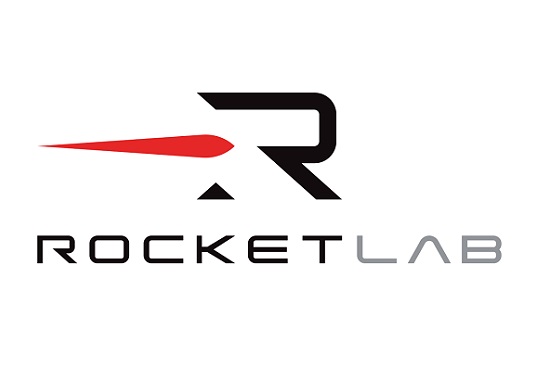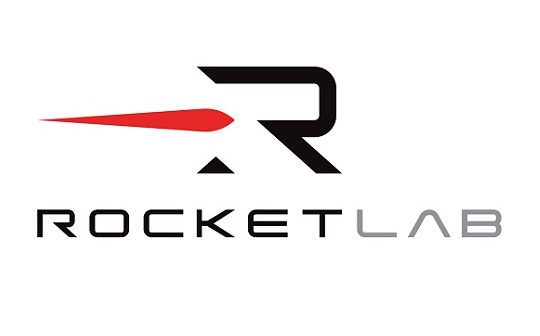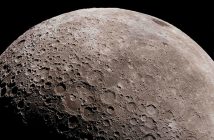
By Staff Writer.
Rocket Lab has successfully conducted its first 2023 space launch, with its two-stage Electron rocket lifting off from NASA’s Wallops Island launchpad on the US east coast on January 24. It was the first Electron rocket launch from US soil.
Dubbed “Virginia is for Launch Lovers,” the mission is deploying three radio frequency monitoring satellites for HawkEye 360, a US geospatial analytics company.
Rocket Lab originally planned the launch for December. However, continuing strong upper wind levels saw the date pushed back to January 23 before deteriorating weather caused a last-minute 24-hour delay.
“The weather is cooperating,” confirmed mission manager Jane McNichol one hour out from lift-off. After 32 launches from Rocket Lab’s Launch Complex 1 on New Zealand’s Māhia Peninsula, deploying over 150 satellites into low-Earth orbit and one to the Moon in the process, the first-time use of a new NASA flight safety system saw this launch switch to the Mid-Atlantic Regional Spaceport on Wallops Island.
The flight safety system, a piece of software called NASA Autonomous Flight Termination Unit (NAFTU) is an independent, self-contained flight termination system mounted on the rocket to make real-time flight termination decisions autonomously.
“This real-time decision-making capability provides many benefits, such as wider launch windows and smaller downrange safety corridors for boats and aircraft,” said a NASA statement. “In addition, since the unit is self-contained and mounted on the rocket, there is a significantly reduced need for ground-based tracking and telemetry systems, which reduces overall operations and maintenance costs. These savings are, in turn, passed on to launch providers.”
After the launch delays, a flawless lift-off saw the rocket travelling at almost 500 kilometres per hour 30 seconds after launch and 1,150 kilometres per hour 60 seconds after launch. At that point, the rocket had reached an altitude of 7,400 metres.
The relatively small (18 metre tall) rocket used nine sea-level Rutherford engines to deliver a lift-off thrust of 190kN (43,000lbf) and a peak thrust of 224kN (56,000lbf) in the first stage. After what was described as a “clean ascent,” Electron cleared the first stage around two minutes and 45 seconds after lift-off while travelling at almost 7,800 kilometres per hour and 96,000 metres up.
“Our first launch from US soil is going great,” said McNichol. Further into the flight, after the second stage single Rutherford engine shut down and separation occurred from the kick stage, the three HawkEye 360 satellites successfully deployed around 550 kilometres above Earth.
“We are happy to report that our Cluster 6 next-generation satellites have reached orbit,” said HawkEye 360 CEO John Serafini. He also confirmed that they had established communications with the satellites.
HawkEye 360 now has 18 satellites in orbit. These latest second-generation Cluster 6 satellites hold two payloads for system redundancy and can collect VHF, UHF, X-Band, L-Band, S-Band, X-Band, and GPS Interference signals.
The reusable Electron rocket will return to Earth, parachuting into the ocean in a controlled descent. Rocket Lab say this technique allows for increased launch frequencies and lowers access costs to operators like HawkEye360. NASA adds that using new tools like NAFTU helps mitigate the cost of maintaining launch infrastructure while accommodating increasing launch frequencies.
“Collaboration across different sectors of the space industry is key to ensure access to space,” said a NASA spokesperson after the launch.





